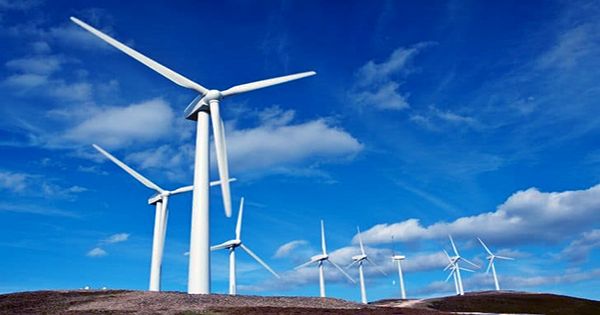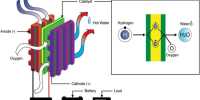Wind turbines whose axes are directed evenly upwards increase the output of people around them, a new study has found. The study makes a case for building wind farms in this way without using conventional designs, but history is against this idea. Attempts have been made to convert wind energy into electricity. A course has prevailed. This is known to us as the horizontal axis wind turbine (HAWT); a long pole supporting a large turbine and a long clockwise blade hanging from the wall.
HWTs make up 5 percent of the world’s electricity and it is growing rapidly as larger turbines conquer higher altitudes, many now moving toward the oceans where the winds are stronger. No other air-capturing device contributes thousands of percent of HWT to clean energy production, but alternatives continue to be proposed. Not too long ago someone claimed (albeit deeply questioned) the propaganda for greater suitability for urban use, but in most cases it seems to be a sex toy. As we laugh, Iakovos Tzanakis, a professor at Oxford Brooks University, thinks some alternatives should be taken seriously.
The vertical axis of wind turbines (VAWs) can collect more energy across the same region than the HWWs field, a study published in the International Journal of Renewable Energy claims, with potential for cheaper and more compact wind power. At the heart of Tzanakis’ claim is the way wind turbines affect each other when put together. Tzanakis and co-authors modeled the wind flow over turbines kept in 25 configurations. We know that HWTs tend to cut each other’s lunches; updated turbines create turbulence which reduces the output of those behind it.
Despite innovative proposals such as making half-spin blades on the opposite side, the solution is usually to keep the turbines away from each other, increasing construction and maintenance costs. VWTs, on the other hand, actually help each other during grid formation, Tzanakis claims, adding that waste air from one set of blades provides extra spin to the next. Tzanakis said in a statement, “This study proves that the future of wind farms should be vertical. Vertical axis wind farm turbines can be designed to be closer together, increasing their efficiency and ultimately lowering electricity costs.”
Wind power is already cheaper than fossil fuels for most parts of the planet, but once you add storage to cover quiet times, that advantage often disappears. Anything that lowers prices even modestly can change the balance of this war for the future of the world. For downwind turbines, a 15 percent increase in electricity is nothing short of sneezing, especially compared to a 40 percent reduction in HWW. However, this requires each individual VWT to efficiently collect air, which has surprisingly proved challenging.














